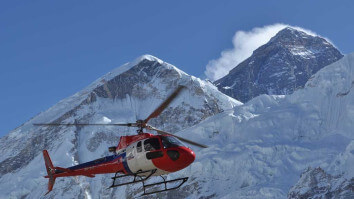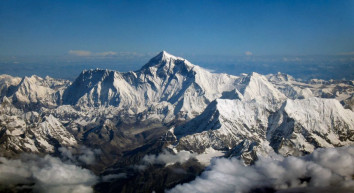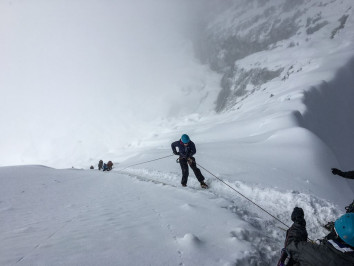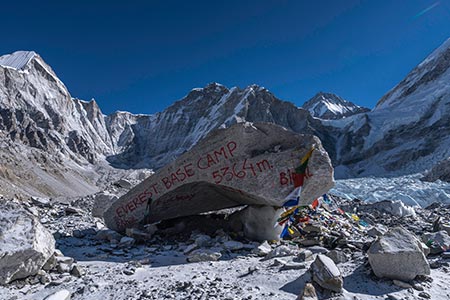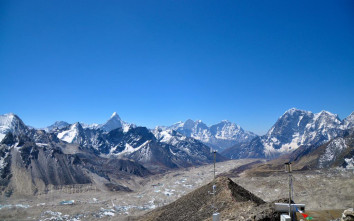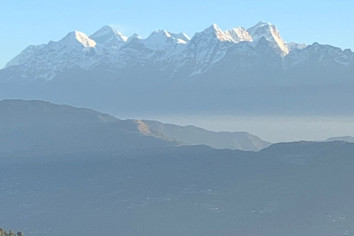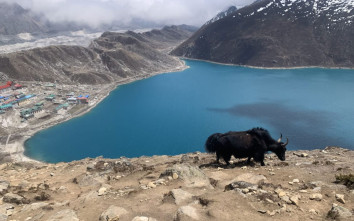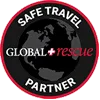Join on a walking trip through one of the most iconic trekking routes in the world with our Short Everest Base Camp Trek. This trek offers a unique blend of breathtaking mountain vistas, abundant wildlife, and rich Sherpa culture, all condensed into a shorter timeframe for those with a tighter schedule.
Trip Highlights
- Beautiful mountain landscapes
- Excellent trekking through the world's highest mountains.
- Insight into Sherpa cultural
- Pristine surroundings
- Wonderful nature
- Tengboche Monastery (3850 m.
- Spectacular close-up experience of Everest
Everest Base Camp Short Trek is a classic one and up there with the best treks anywhere in the world. The Everest Base Camp Short Trek is a condensed yet enriching journey through the heart of the Himalayas and Sherpa culture.
With Himalaya Heart Treks by your side, you are assured a memorable and well-organized trekking experience, leaving you with memories to last a lifetime.
Everest Base Camp Short Trek Difficulty
Trekking to Everest Base Camp is a challenge, especially when time is condensed. The Everest Base Camp Short Trek requires trekkers to ascend above 5000 meters, pushing the boundaries of comfort. To accommodate this, our itinerary is meticulously designed with adequate rest and acclimatization days, ensuring a safe and enjoyable experience for all trekkers.
Everest Base Camp Short Trek Route
The adventure begins with a thrilling flight to Lukla, the gateway to the Everest region. The route takes you through charming Sherpa villages, past ancient Buddhist monasteries, and across high suspension bridges.
The trekking route passes through Phakding, Namche, Tengboche, Dingboche, Pheriche, Lobuche, Gorakshep, Everest Base Camp and finally ascent to Kalapathar for close up view of Mount Everest.
The trail unveils panoramic views of Everest, Lhotse, Nuptse, and Ama Dablam, particularly breathtaking from Tengboche. The final ascent to Kala Patthar at 5,644.5 m offers unsurpassed views of the Himalayan giants, culminating in a truly magical experience.
Short Everest Base Camp Trekking Itinerary
Our Short Everest Base Camp Trek is carefully planned to provide a rich trekking experience while allowing for proper acclimatization. The itinerary includes visits to cultural landmarks such as the 500-year-old Thyangboche Monastery and traverses through the pristine wilderness of Sagarmatha National Park.
Each day brings new landscapes and challenges, all leading up to the rewarding views from Everest Base Camp and Kala Patthar.
Short EBC Trek Packing List
Preparing for the trek requires careful consideration of the essentials. The packing list includes warm layers, trekking boots, sun protection, hydration gear, and a first aid kit. Additionally, trekkers should carry personal items and any specialty gear they may require. Himalaya Heart Treks ensures that all support staff are well-equipped, contributing to a successful trekking experience.
Best Time for Everest Base Camp Short Trekking
The best time for the Everest Base Camp Short Trek is during the stable weather conditions of spring (March to May) and autumn (September to November). However, trekkers should be aware of potential flight delays, particularly around monsoon season (late May to early September), and are advised to allocate additional days for any unforeseen delays.
Short Everest Base Camp Trek Cost
The cost of the Short Everest Base Camp Trek can vary depending on individual preferences and additional services. Himalaya Heart Treks offers competitive pricing while ensuring the highest level of service and safety. Please contact us for a detailed quote and tailor-made itineraries to suit your needs.
Note on Lukla Flights
Flight delays to and from Lukla can occur at any time of the year but are more likely during monsoon season. In the event of a delay, Himalaya Heart Treks will arrange the next available flight, ensuring a smooth continuation of your adventure. We recommend adding a few extra days to your travel plans, particularly if you have connecting international flights

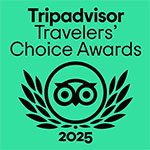







 USD 1430
USD 1430

